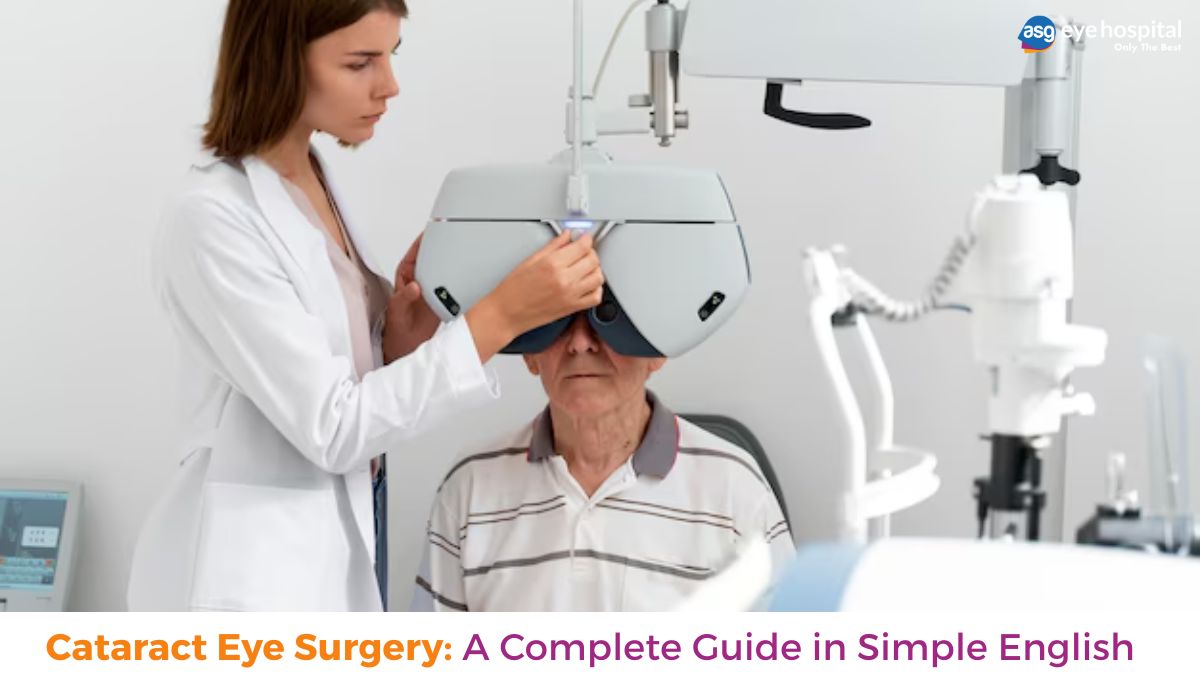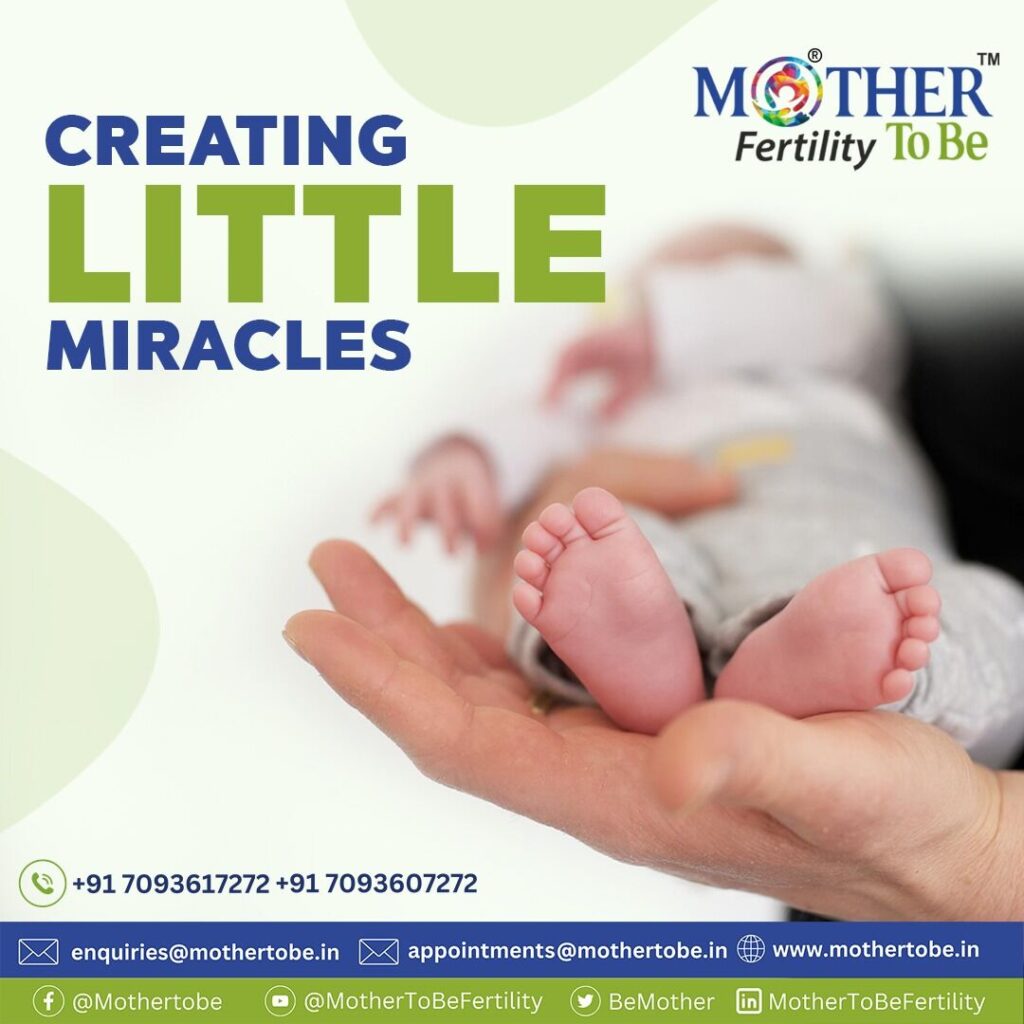If you or someone in your family has blurry vision that makes daily activities difficult, it could be due to cataracts. The best solution for this problem is cataract eye surgery, a safe and effective procedure that helps restore clear vision. In this detailed guide, we will explain everything about cataracts, when surgery is needed, different types of procedures, costs in India, recovery tips, and more—all in very simple language for better understanding.
Understanding Cataracts and How They Affect Vision
Cataracts occur when the natural lens of the eye becomes cloudy, making vision appear foggy or dim. This usually happens slowly with age, but sometimes due to injury, diabetes, or other health conditions. Many people over 60 develop cataracts, but younger people can also get them.
Common Signs That You May Need Surgery
-
Blurry or hazy vision even with glasses
-
Difficulty seeing at night or in dim light
-
Sensitivity to bright lights and glare
-
Colors looking faded or yellowish
-
Frequent changes in eyeglass prescription
If these problems affect your daily life, an eye doctor may recommend surgery.
When is the Right Time for Surgery?
Some people believe cataracts must be “ripe” (fully mature) before surgery, but this is not true. Modern techniques allow surgery at any stage when vision loss interferes with normal activities like reading, driving, or recognizing faces. Delaying surgery unnecessarily can make daily life harder and increase risks during the procedure.
Types of Cataract Eye Surgery Available in India
There are mainly three types of procedures used today:
1. Phacoemulsification (Most Common Method)
This is the preferred technique where a tiny cut (2-3 mm) is made in the eye. A small ultrasound probe breaks the cloudy lens into pieces, which are then removed. An artificial lens (IOL) is placed in the same position. The cut heals naturally without stitches.
2. Laser-Assisted Surgery
A laser is used to make precise cuts and soften the cataract before removal. This method is more accurate but also more expensive. It is often recommended for patients with astigmatism.
3. Manual Small Incision Surgery (MSICS)
This traditional method uses a slightly larger cut to remove the cataract in one piece. It is still used in advanced cases or where advanced machines are not available.
Your eye doctor will suggest the best option based on your eye condition and budget.
What Happens Before, During, and After Surgery?
Before Surgery
-
A detailed eye check-up is done to measure the eye and select the right artificial lens.
-
You may be asked to stop certain medications before the procedure.
-
Fasting for a few hours is required if sedation is used.
During Surgery
-
The operation is done under local anesthesia (eye drops or injection), so you won’t feel pain.
-
You will be awake but relaxed; the procedure takes about 15-20 minutes per eye.
-
The cloudy lens is removed and replaced with a clear artificial lens.
After Surgery
-
You can go home the same day with protective eyewear.
-
Eye drops are prescribed to prevent infection and reduce swelling.
-
Avoid rubbing the eye, heavy lifting, or swimming for a few weeks.
-
Vision improves within days, with full recovery in about a month.
Types of Artificial Lenses (IOLs) Used
After removing the cataract, an artificial lens is placed inside the eye. Different types include:
-
Monofocal IOL – Provides clear vision for one distance (usually far). Reading glasses may still be needed.
-
Multifocal IOL – Helps see near and far, reducing dependence on glasses.
-
Toric IOL – Corrects astigmatism for sharper vision.
Your doctor will help choose the best lens based on your lifestyle and budget.
Cost of Cataract Surgery in India
The cost depends on the type of surgery and lens used:
-
Phacoemulsification – ₹15,000 to ₹50,000 per eye
-
Laser surgery – ₹40,000 to ₹80,000 per eye
-
Government hospitals – Free or low-cost (₹5,000-₹10,000)
Many charitable organizations also provide free surgeries for those who cannot afford them.
Recovery and Care After Surgery
To ensure proper healing:
✔ Use prescribed eye drops regularly.
✔ Wear sunglasses outdoors to protect from sunlight.
✔ Avoid strenuous activities for 2-3 weeks.
✔ Do not rub or press the operated eye.
✔ Attend follow-up visits as advised by the doctor.
Most people notice significant improvement in vision within a few days.
Common Myths About Cataract Surgery
-
Myth: Cataracts can be treated with eye drops or medicines.
Fact: Surgery is the only effective treatment. -
Myth: Surgery is painful and risky.
Fact: Modern techniques make it painless and very safe. -
Myth: Cataracts can return after surgery.
Fact: The artificial lens is permanent and does not get cloudy.
When to See a Doctor?
If you experience:
-
Increasing difficulty in reading, driving, or recognizing faces
-
Frequent changes in glasses power
-
Glare or halos around lights at night
Consult an eye specialist for a check-up. Early treatment ensures better results.
Final Thoughts
Cataracts are a common but treatable condition. With advanced cataract eye surgery, millions of people regain clear vision every year. If you or a loved one is struggling with blurry vision, consult an eye doctors to discuss the best options. Timely treatment can significantly improve quality of life and independence.









